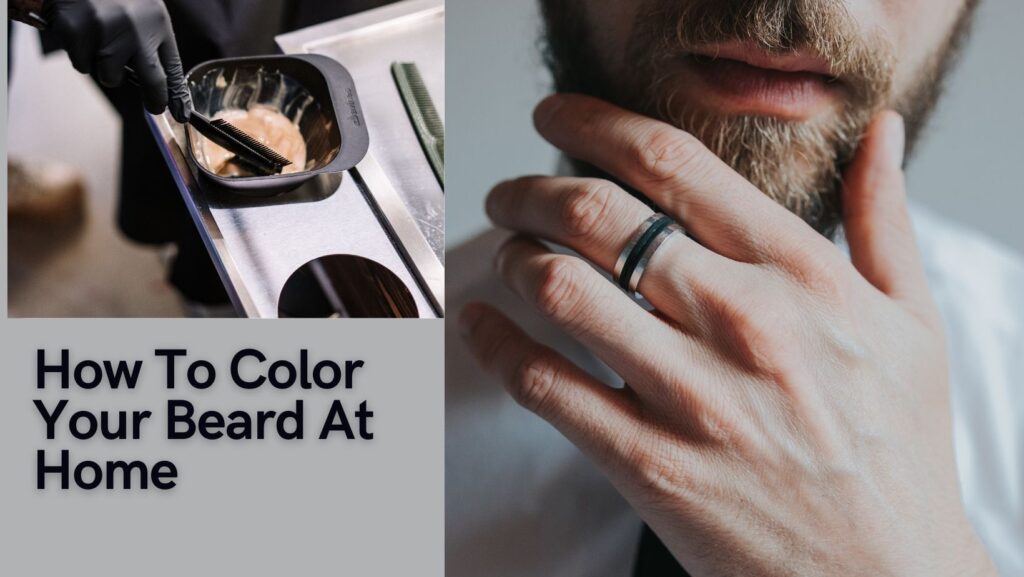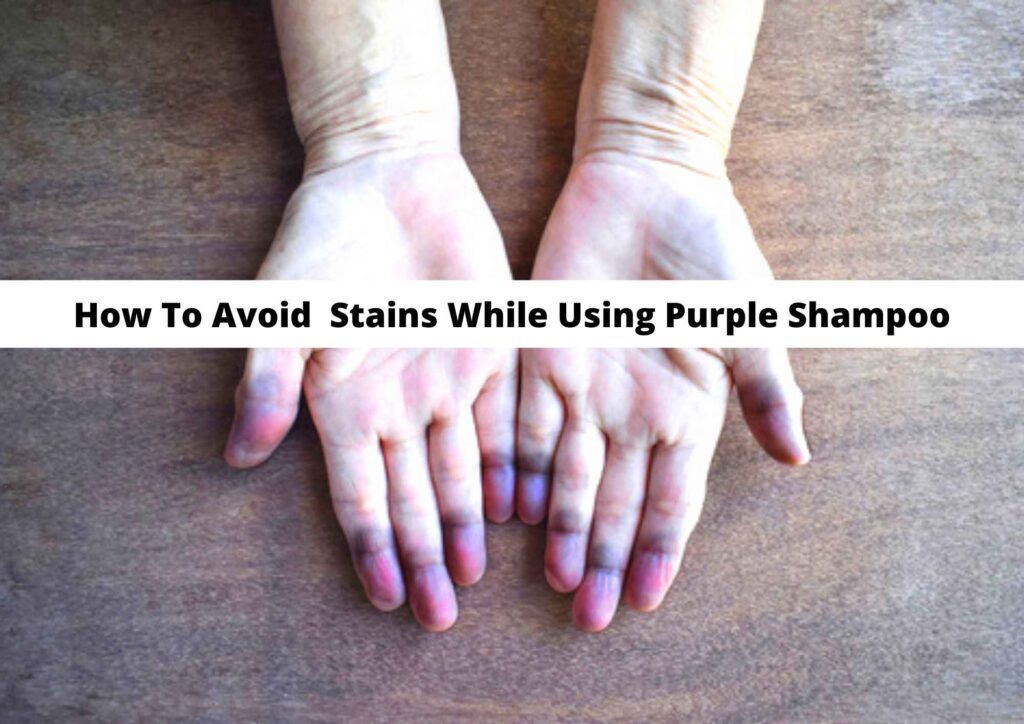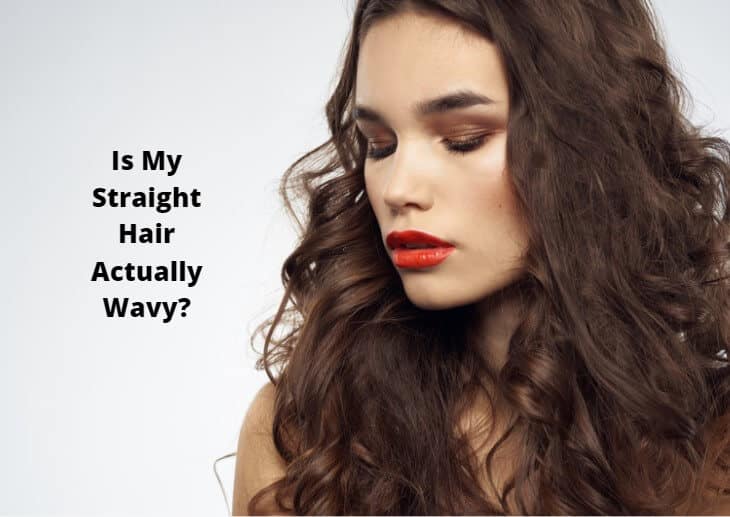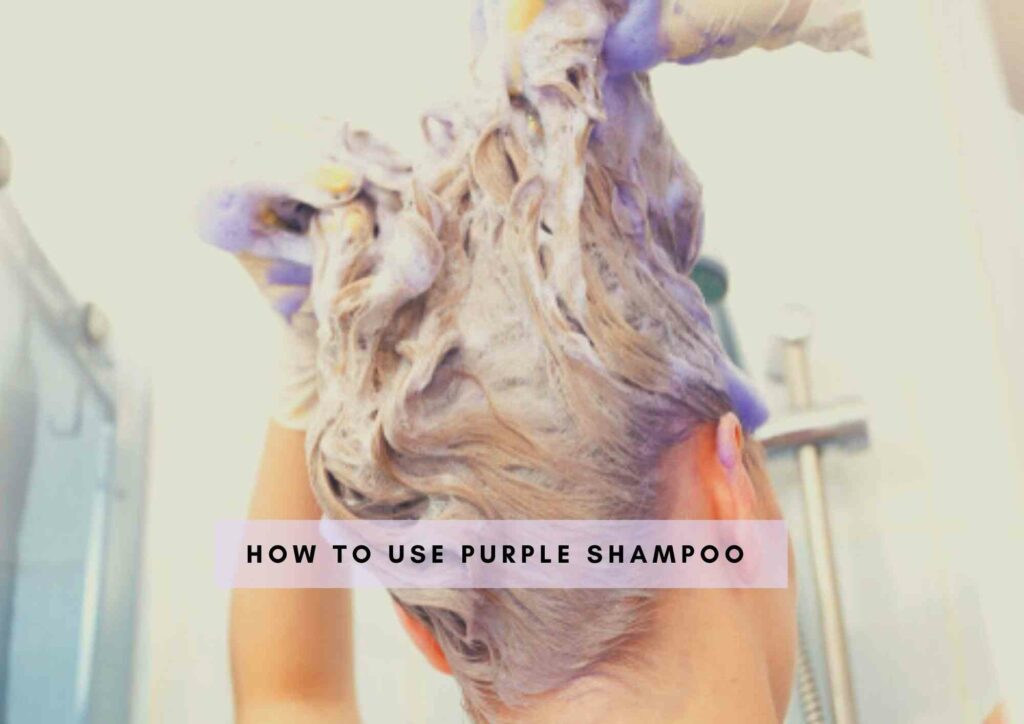What Is The Correct Henna And Indigo Mix Ratio? And is mixing henna and indigo in the ratio 2:3 right for coloring grey hair. You can find out in my henna guide below.
Henna and indigo have been used for centuries by various cultures for body art and hair dyeing purposes. Henna is made from the leaves of the Lawsonia inermis plant, which is native to Middle Eastern and North African regions.
It leaves a reddish-orange stain on the skin or hair. Indigo, on the other hand, is derived from the Indigofera tinctoria plant, which yields a blue dye. When henna is mixed with indigo, it can produce a range of shades, from a reddish-brown to a deep black, depending on the ratio used.
But finding the right ratio can be tricky. Different henna and indigo brands may have their specific mixing instructions, and other factors like the type of water, climate, and the duration of the dyeing process can also affect the final outcome.
In this article, I will explore different henna and indigo mix ratios and tips for achieving consistent and beautiful results. So grab a cup of tea, get comfortable, and let’s dive into the world of henna and indigo!
What Is The Correct Henna And Indigo Mix Ratio
When it comes to achieving that perfect shade of brown or black with henna and indigo dye, many people struggle with getting the correct mix ratio. If you add too much henna, you may end up with an orange or red tint.
On the other hand, adding too much indigo can result in a green or blue hue. So, what is the correct henna and indigo mix ratio?
The answer varies depending on the desired shade and strength. However, a good general rule of thumb is to mix one part henna with two parts indigo for a rich, dark color.
If you want a lighter brown or more red tone, you can use a ratio of two parts henna to one part indigo. It’s also worth noting that the quality of the henna and indigo powders can affect the final result, so using high-quality, fresh powders is important.
When mixing the two powders, it’s essential to measure carefully and mix thoroughly to ensure an even color.
Some people also recommend adding a bit of lemon juice or apple cider vinegar to the mixture to help release the color pigments. After mixing, let the dye sit for a few hours to allow the color to develop.
In conclusion, the correct henna and indigo mix ratio depends on the desired shade and strength, but a general rule of thumb is one part henna to two parts indigo for a rich, dark color.
Measuring carefully, mixing thoroughly, and using high-quality powders can help ensure an even and beautiful result.
Benefits Of Adding Indigo To Henna Hair
Indigo and henna are both natural hair dyes, but did you know that combining them can create some amazing benefits for your hair? By adding indigo to your henna mix, you can enhance the color, improve the longevity, and even strengthen your hair.
One of the primary benefits of adding indigo to henna hair is the richness of color it can produce. While henna typically produces a vibrant orange-red hue, adding indigo can create a deeper, cooler shade of brown or black.
This is because indigo naturally produces a blue pigment, which can mix with the orange-red of henna to create a more dynamic shade.

Another benefit of indigo is its ability to improve the longevity of your henna hair color. Henna is known to fade relatively quickly, but adding indigo to your mix can help keep your color looking vibrant and rich for a longer period of time.
This makes it a great option for people who want to maintain their new color for as long as possible.
Lastly, indigo can help strengthen your hair, thanks to its natural protein content. This can be a great way to help protect your hair from damage and breakage, especially if you frequently color or heat style your hair.
By incorporating indigo into your henna mix, you can create healthier, stronger, and more beautiful hair that looks and feels great.
How Long To Keep Indigo On Hair After Henna
Now that you’ve got your henna and indigo mix ratio just right, the next question on your mind might be “how long do I keep indigo on my hair after applying henna?”
The answer to this question will depend on a number of factors, including the natural color of your hair, the depth of color you want to achieve, and the strength of your indigo powder.
Generally speaking, you should aim to keep your indigo on your hair for at least one hour, but it’s best to aim for two hours or more if you want to achieve a deep, rich color. If you have fine or light-colored hair, you may want to keep your indigo on for a shorter amount of time to avoid over-darkening your hair.
It’s also important to note that indigo can be a bit tricky to work with, and it may take some experimentation to find the right timing for your specific hair type and desired color.
When applying indigo, make sure to keep an eye on your hair throughout the process and check it every 20 minutes or so to see how it’s developing.
In general, the longer you keep indigo on your hair, the darker and more vibrant your color will be. However, if you leave it on for too long, your hair may become dark and saturated to the point where it looks unnatural or even black.
To avoid over-staining your hair, it’s best to start with a shorter processing time and gradually work your way up until you achieve the color you want.
Related: How To Mix Henna And Indigo Together For Black Hair
How Much Time Gap Between Henna And Indigo Powder?
If you are planning to achieve a jet black shade with henna and indigo mix, then it’s essential to know how much time to keep between the two. The time gaps between the henna and indigo can vary based on various factors such as the henna’s color and quality, hair type, and desired outcome.
It is crucial to apply henna first and then indigo to achieve a black color. The ideal time gap between the application of henna and indigo powder is about 24 hours.
Once you have applied henna, let it sit for 6-8 hours, or until the color develops on your hair.
After that, wash the henna off and let your hair dry completely. You can then proceed to apply the indigo mixture, which you can prepare according to the instructions on the packaging.
If you keep henna on your hair for too long, it will dry out your hair, making it difficult for the indigo to penetrate the hair shafts.
In contrast, if you don’t keep henna for enough time, then indigo will not be able to attain its full color potential. Therefore, it’s crucial to leave adequate time between the two applications.
In conclusion, the time gap between henna and indigo largely depends on individual factors such as hair type, henna quality.
It is recommended to wait for a minimum of 24 hours before applying indigo on your hair to achieve the desired black color. Keep in mind to check the packaging or instructions for any specific guidelines provided by the brand before proceeding.

How Many Days Does Henna And Indigo Last?
When it comes to dyeing hair with natural henna and indigo, many people wonder how long the color lasts.
The answer to this question can depend on a variety of factors, including the quality of the henna and indigo used, the individual’s hair type and maintenance habits, and the ratio of henna to indigo used.
Generally, henna and indigo dye tends to last longer than chemical dyes, which can fade quickly and cause damage to the hair.
Henna and indigo can produce a range of colors, from red to brown to black, and the exact shade achieved largely depends on the ratio of the two dyes used.
If a high concentration of henna is used, the resulting color can last for several weeks or even months. Henna dye has a tendency to fade gradually, giving the hair a natural-looking reddish tint.
In contrast, indigo dye can provide a stronger and more long-lasting color, but can also fade more quickly.
To achieve the desired color and longevity, it’s important to use a proper ratio of henna to indigo. A common guideline is to use equal parts henna and indigo for a medium brown color, while a higher proportion of henna can result in a redder shade, and more indigo can produce a black color.
Ultimately, the longevity of henna and indigo color on hair depends on many individual factors. Maintaining a healthy hair routine, avoiding harsh chemicals, and regularly touching up the color can all help to prolong the life of henna and indigo dye.
Can I Use Only Indigo Without Henna?

If you’re looking for a natural way to color your hair, you’ve probably come across henna and indigo. These two plants are often mixed together to achieve different shades of brown and black. But what if you only want to use indigo? Can you skip the henna?
The short answer is yes, you can use indigo without henna. Indigo is a natural dye that can color your hair without the help of any other ingredients. However, there are a few things you should keep in mind before you jump into using indigo alone.
First, indigo is not as forgiving as henna. It won’t adhere to your hair as well if there’s any residue from styling products, oils, or even hard water. So if you want to use indigo alone, make sure you clarify your hair beforehand and avoid using any products that can coat your hair.
Second, indigo can turn your hair green if you don’t use it correctly. This is especially true if you have light-colored or bleached hair. To avoid a green hue, you should mix indigo with warm water or tea instead of cold water.
You can also add a pinch of salt or vinegar to the mixture to help the indigo adhere better.
Lastly, using indigo alone will give you a blue-black color that may fade faster than if you mix henna and indigo together. If you want a longer-lasting color or a different shade, you may want to consider adding henna to your indigo mix.
In conclusion, the correct henna and indigo mix ratio is essential for achieving the perfect hair color. It’s understandable how confusing it can be with so many ratios floating around the internet, but don’t let that intimidate you!
Experimentation is key, and with a little practice, you can master the ratio that works for you. Whether you’re looking for a bold and rich color, or a subtle and natural hue, henna and indigo can transform your tresses in a variety of ways.
Just remember to mix carefully and pay attention to the details. Let your intuition guide you, and trust the process.
With a little patience, you’ll be rocking the perfect henna and indigo hair in no time. So go ahead, grab those mixing bowls and start creating the perfect blend for your hair!
Also Read:
Can I Henna My Hair Two Days in a Row
How Long Does Henna Last On Straight Hair
Should I Use Hot Water Or Cold Water For Mixing Henna
How To Mix Henna For Dry And Damaged Hair
To Summarize











